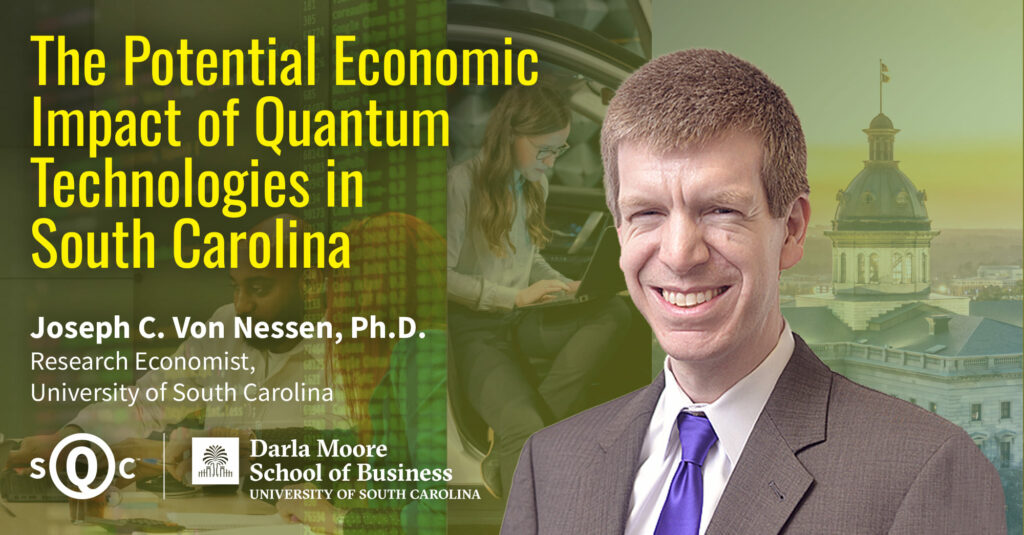Insider Brief
- The AQT quantum computer, featuring 20 qubits based on trapped-ion technology, is now operational at LRZ’s Quantum Integration Centre (QIC), making it the first of its kind in a computing center.
- The system supports both MQV’s quantum software development efforts and selected research groups from Munich Quantum Valley (MQV) accessing the system during a pilot phase starting in October.
- The system was purchased by MQV and funded by the Free State of Bavaria with around 9.8 million Euros as part of the Hightech Agenda Bavaria.
PRESS RELEASE — The next quantum computer is ready for use in research and development at the Leibniz Supercomputing Centre (LRZ) of the of the Bavarian Academy of Sciences and Humanities. The system is based on trapped-ion technology and computes with 20 qubits. It was funded by the Bavarian Ministry of Sciences and the Arts (StMWK) and the Ministry of Economic Affairs, Regional Development and Energy (StMWi) with around €9.8 million as part of the Hightech Agenda Bavaria.
Installing innovative computing technology in a data center environment typically takes about a year before it is deemed ready for reliable operation. However, the LRZ team from the Quantum Computing and Technology (QCT) department, in collaboration with experts from AQT, successfully completed the installation ahead of this timeline. Although some adjustments were necessary to meet the operational parameters of the computer room – such as dust filtering and vibration – the system is now fully operational and performing computations. Starting in October, researchers from MQV and its partner organizations will be able to access and utilize the system as part of an early user program.
HPC acceleration with various quantum systems
The AQT quantum computer is a promising technology that the LRZ is making available to the scientific community for computing and processing research data. The system consists of an ion trap, laser, camera unit and control electronics. It operates on the basis of electrically charged atoms (ions) whose quantum states are controlled by laser beams. A laser can address arbitrary pairs of the 20 qubits in the quantum register as required. This full connectivity, along with lower error rates, allows it to achieve similar or better results compared to systems with a higher qubit count but less connectivity. Furthermore, the AQT system requires no extensive infrastructure for cooling or power supply.

The LRZ plans to integrate the ion trap quantum computer as an accelerator into its supercomputer environment. The QCT team is already experimenting with classical processors and components from its own testbed at the Quantum Integration Centre (QIC) to develop the necessary interfaces. The LRZ has already successfully integrated a quantum computer earlier this year into the LRZ supercomputer SuperMUC-NG based on superconducting circuits as part of its hybrid quantum-HPC development efforts.
To efficiently operate these hybrid systems, researchers at the MQV are working on system software and tools for quantum computers and on coordinating the computation between various quantum accelerators and traditional supercomputers. Their work includes creating hybrid algorithms tailored for end-to-end calculations and identifying critical interface points between the systems to establish an allover standardization.
A single software stack for different systems
The goal and vision of all these preparations is to operate quantum technologies holistically and to accelerate supercomputers using various quantum processors. Ideally, users will have access to multiple quantum processors and will be able to use those that best suits the needs of their research application. The realization of this endeavor, however, will only be possible with the right software to support the integration of various quantum technologies into high-performance computers. This software, known as the Munich Quantum Software Stack (MQSS), is being developed within MQV in close collaboration between LRZ and TUM. It includes not only monitoring and control tools for innovative quantum and hybrid computer systems, but also optimized programming models that enable scientists to code their applications in a familiar manner without requiring extensive knowledge of the quantum architecture. The AQT device, with its computation driven by laser-trapped ions, serves as a critical target for the development of the MQSS.
“The integration of AQT’s advanced trapped-ion quantum technology into LRZ’s supercomputing and hybrid software environment represents a unique, holistic approach to advancing quantum research. This collaboration strengthens MQV’s resources, boosts its capacity for innovation, enables pioneering discoveries, and enhances MQV’s position as a leader in quantum computing.” — Prof. Dr. Joachim Ullrich, Director General MQV
“I am pleased that AQT is the first hardware provider to install and commission a trapped ion quantum computer in a data center. Thanks to the modular 19-inch architecture the system seamlessly found its place in the QIC of the LRZ. After the delivery in December 2023 and set up within a few months, LRZ researchers are now running their first circuits on Europe’s most powerful quantum computer. This demonstrates that AQT is pioneering on-premise HPC-QC integration and a strong player in the field of cloud computing. I would like to sincerely thank everyone involved for the constructive collaboration.” — Dr. Thomas Monz, founder and CEO of AQT, Innsbruck
“We’re excited to have AQT’s system in our QIC and look forward to strong collaboration with AQT and MQV as we further develop the Munich Quantum Software Stack to deliver a robust, end-to-end hybrid quantum-HPC computation resource and to provide our users with this advanced quantum technology for their scientific pursuits.” — Laura Schulz, head of Quantum Computing and Technologies at LRZ
















